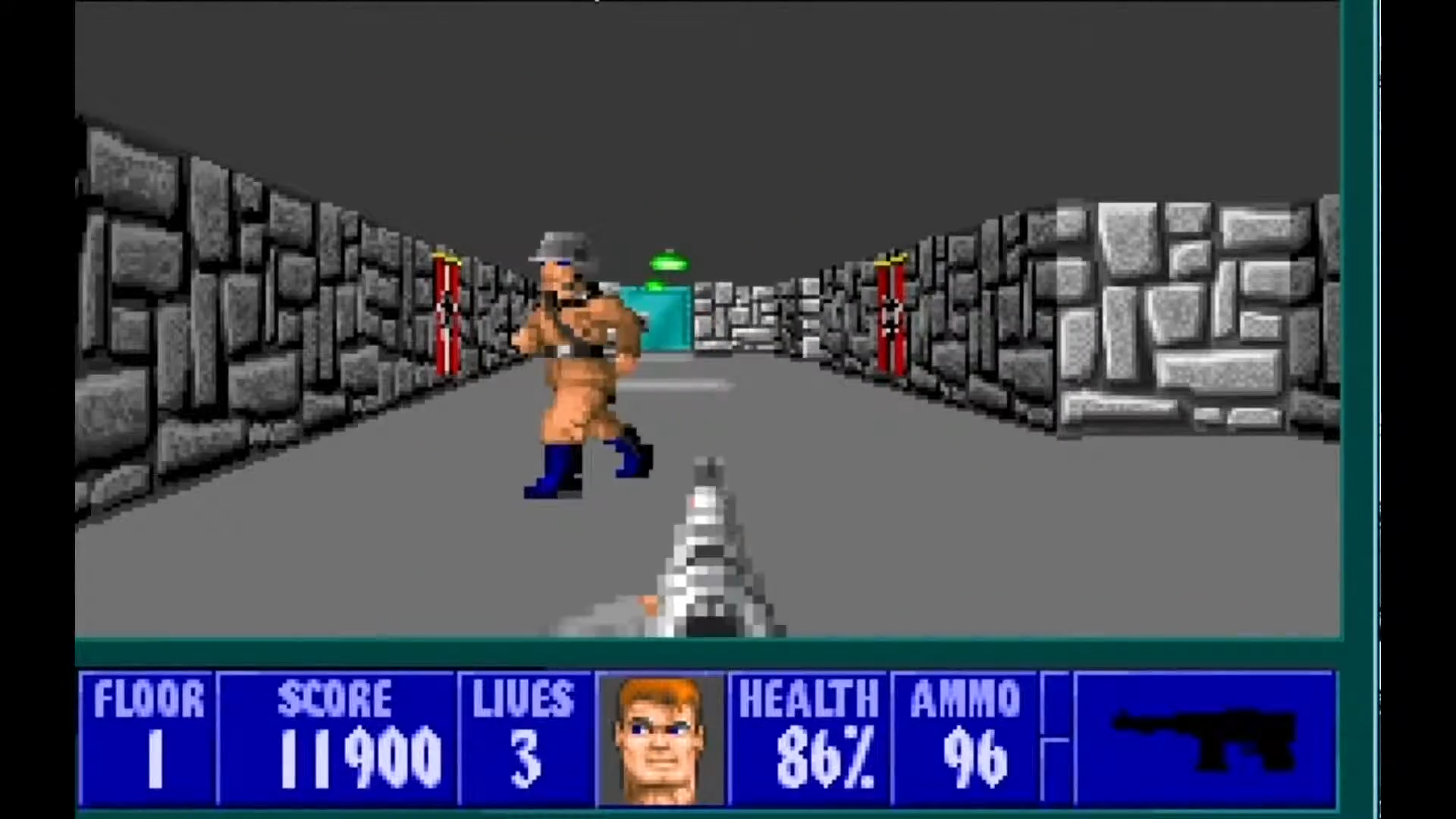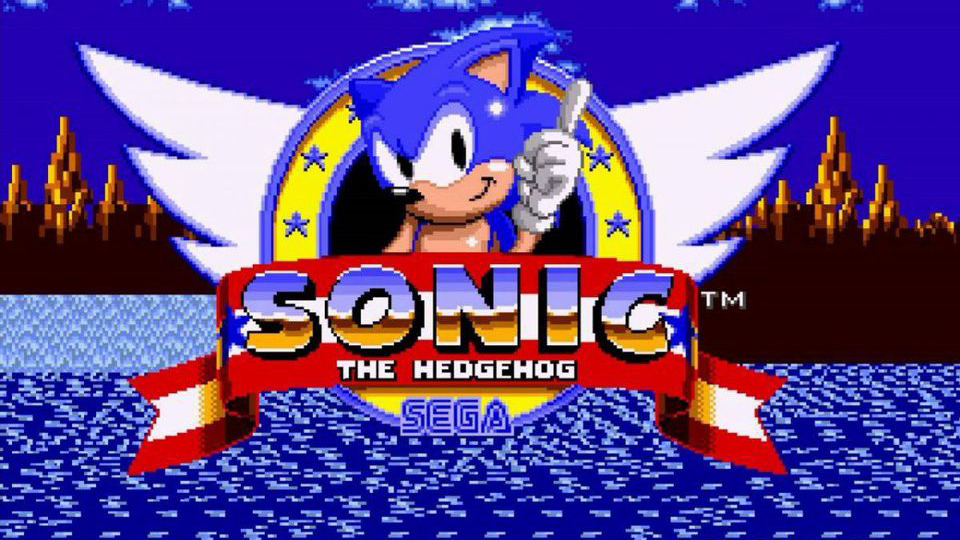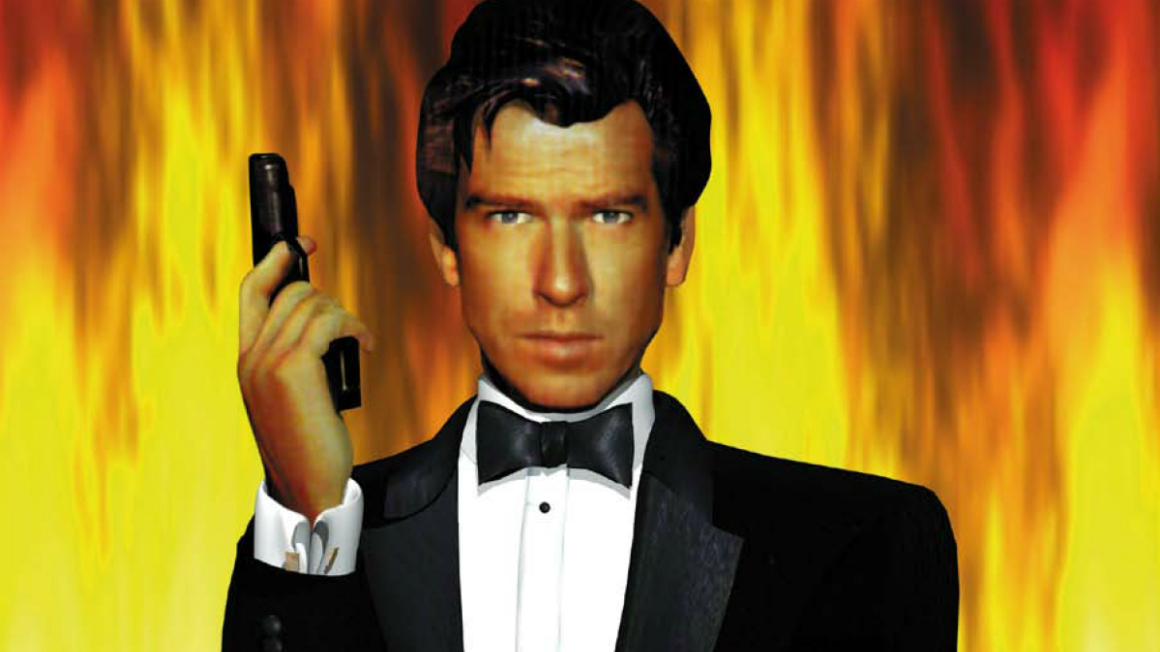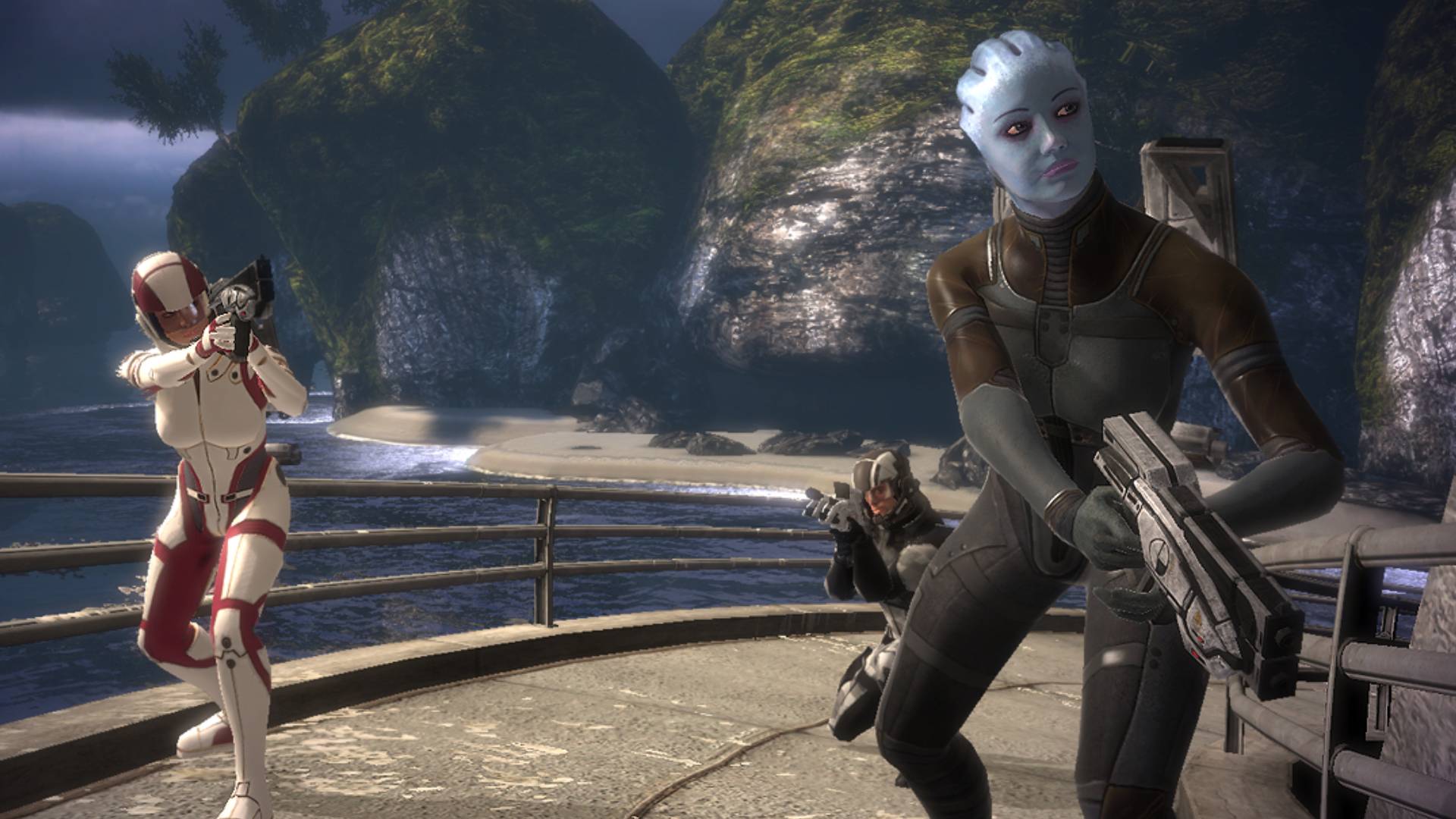
The best years in video games. Sooner or later, we all get to assembling that mental list, weighing up the relative merits of Metal Gear Solid and World of Warcraft in case anyone asks us at a moment’s notice to rank all the years since there have been videogames and Gregorian calendars. They never do, of course. So we bring it up in conversations ourselves, first letting our company suggest their incorrect ranking before launching into our meticulously prepared TED talk.
At face value, it might not seem to matter which years arbitrarily held the highest volume of beloved releases. But what about the broader context? What else was happening, culturally and economically, that allowed these wonderful clusters of games industry talent to burst forth? And why haven’t we had a good one for half a decade now?
No, exactly. This stuff matters. While most of the audience for this empirical and statistical ranking (I thought about all the good games and then looked up the year they came out) will no doubt be investors, CEOs, marketing directors, and industry analysts, that sort of thing, don’t feel like it’s too high-level for you.
These, then, are the ten absolute best years in video game history. Read them, compare them to other publications’ attempts at the correct order, and use it to reference how wrong they got it.
10. 1992

Best releases: Mortal Kombat, Wolfenstein 3D, Super Mario Kart, Sonic The Hedgehog 2, Indiana Jones and the Fate of Atlantis, Alone in the Dark
1992 represented the peak of the 16-bit console wars. Sega had designed a worthy foil to the Super Nintendo and released it a year previously, and the buzz around that SNES vs Genesis/Mega Drive war was getting mainstream culture to pay attention to videogames. This wasn’t just something kids did down at the arcade – people would pay money to have these experiences at home, and that revelation about a consumer behavior we take for granted now inspired game designers to start venturing into new kinds of experience.
The big hitters of ‘92 were first-party poster boys for Sega and Nintendo. Sonic the Hedgehog 2 refined the masterful alchemy of bright colors, roller coaster levels and momentum that made the first game such a smash. Super Mario Kart was also experimenting with speed, developing the prototypical karting game and getting the formula so bloody correct that it’s hardly been tinkered with since.
Meanwhile, off in the beige serenity of personal computers, id Software quietly invented the first-person shooter. Doom would really light the touchpaper on the FPS revolution that dominated the ‘90s, but Wolfenstein’s 1992 release is incredibly important.
Why not higher? Because the releases contain some all-timers, but the quality doesn’t run that deep. This was a games industry still figuring itself out for the home audience. As such, it doesn’t take too much excavating before you’re knee-deep in the likes of Michael Jackson’s Moonwalker.
9. 1999

Best releases: Silent Hill, Final Fantasy VIII, System Shock 2, Donkey Kong 64, Quake III Arena, Unreal Tournament, Medal of Honor, Super Smash Bros., Everquest, Age of Empires II, Crazy Taxi, Gran Turismo 2
Why were the late nineties so special for games? We can thank 1992 for this incredible period. The console wars showed big entertainment media bankrollers that people really care about this ‘video gaming’ thing. Wolfenstein showed the entire industry how to do 3D graphics in first-person. So at the same time that a huge influx of money entered the games industry, a massive tech innovation happened. And for a decade, that train just kept rolling.
And the late nineties happened to be the sweet spot – enough money flowing around for bizarre, uncommercial ideas to get bankrolled, but not enough money for big business to impose its risk-averse focus grouping approach yet. The most talented creators and engineers were drawn to the industry, because it was the absolute cutting edge of technology, where their creative visions could find massive audiences.
‘99 was the worst year for releases in a cosmically good late ‘90s. But let’s face it, right now in the year 2023, if all you played this year was Silent Hill, Final Fantasy VIII, System Shock 2 et al – well, you’d be having a pretty good year, wouldn’t you? To play those titles in situ, with no familiarity for them, was absolutely mind-blowing. Shoutout to Quake III and Unreal Tournament for taking a massive step forward in online multiplayer shooters, too.
8. 1991

Best releases: Street Fighter II, Sonic The Hedgehog, Streets of Rage, The Legend of Zelda: A Link To The Past, Lemmings, Super Castlevania IV
And back we go to the early ‘90s, when the industry decided to knuckle down and establish the basic genres that would power the next three decades of gaming. Street Fighter II, for crying out loud! It was so good, we put up with the fact that a) there didn’t seem to be a Street Fighter I and b) we even went to see a movie about it, even though they’d forgotten to include a plot.
A Link To The Past established what RPGs would look, sound, and feel like for… ever, really. Streets of Rage would simultaneously invent and ruin the brawler, because no subsequent game would ever top it.
And Sega’s 16-bit console arrived. That was a big moment, but it might not have been if Sonic The Hedgehog wasn’t around to shift units. Seriously, we loved this sassy little mammal so much that we sat and watched cartoons about his life. Even though it was 1991 and there were a bajillion better things to do.
7. 1997

Best releases: Final Fantasy VII, GoldenEye, Grand Theft Auto, Gran Turismo, Tomb Raider II, Quake II, Starfox 64, Fallout, Oddworld: Abe’s Oddysee, Age of Empires, Castlevania: Symphony Of The Night
Let’s be honest, if 1997’s releases contained Final Fantasy VII and then just a bunch of boxes that released spittle in your eye when you opened them, it’d still be one of the greatest years for games.
It was a brilliant period of experimentation and execution. DMA Design not only had the good idea to build a game where you ran amok in a city, nicking cars and doing crimes, but the technical and creative chops to elevate that concept into something almost impossibly compelling. So compelling, in fact, that Grand Theft Auto is still the biggest name in the industry and DMA Design – now Rockstar North – still one of the most respected studios.
But just look at what’s going on elsewhere, too – Rare took id’s shooter formula, made it work for a games console and got everyone hooked on split-screen GoldenEye deathmatches. Tomb Raider II’s canny combination of exploration and titillation elevated our passing interest in Lara Croft into the kind of rabid fandom erstwhile reserved only for the shiny people we saw in Smash Hits. What’s that over there? Ah, just Fallout. Give it a whirl if you have a chance, in between playing Starfox 64 and this new driving game I’ve been reading about called Gran Turismo. Looks pretty realistic.
6. 2004

Best releases: World of Warcraft, Fable, Half-Life 2, Vampire: The Masquerade - Bloodlines, Grand Theft Auto: San Andreas, Star Wars: Battlefront, Halo 2, Far Cry, Star Wars: Knights of the Old Republic II
The mid-2000s in games are remembered for three things, two of them somewhat unfairly – technical instability and jank (only true of PC games of the era), soulless Activision tie-in games (definitely a thing, but it was easy enough to ignore them, and long titles (alright, you can have that one.)
Please welcome to the stage Star Wars: Knights of the Old Republic II - The Sith Lords, Vampire: The Masquerade - Bloodlines, and - oh, the stage is full now.
It’s anyone’s guess why this particular year was so stellar. Perhaps it was the exact moment when multiplayer gaming became viable enough for big studios to pay serious attention to it, of because people with amazing ideas like World of Warcraft could finally make them material, and when a concept as ambitious as Star Wars: Battlefront could come to fruition without buckling under the weight of an oversized budget and too many corporate stakeholders.
And while that was happening, the singleplayer tradition that the industry had been founded on was refining itself in Half-Life 2, which invented physics, GTA: San Andreas, which gave us a sandbox life sim, and V:TM-BL, which keeps autoformatting itself to a trademark symbol in my Google Doc so isn’t getting a synopsis.
5. 2016

Best releases: Uncharted 4, Overwatch, Firewatch, DOOM, Stardew Valley, Forza Horizon 3, HITMAN, Persona 5, Oxenfree, Civilization VI, Dishonored 2, INSIDE, Pokemon GO, The Witness, Final Fantasy XV, Superhot
Hooray, a year from living memory has finally made it into this list! 2016 benefitted from the arrival of new consoles in 2013 and a sufficient bedding in period for developers to understand how to work to that new fidelity ceiling.
At least, that’s how I’m rationalizing that all these games turned up at once, brilliant indies brushing shoulders with incredible immersive sims and 4Xs and a revolutionary mobile game that made random areas of the actual outdoors suddenly bustling with activity. Willing to hear any better theories.
4. 2000

Best releases: Perfect Dark, Baldur’s Gate II: Shadows of Amn, Deus Ex, The Sims, Tony Hawk’s Pro Skater 2, Counter-Strike, The Legend of Zelda: Majora’s Mask, Diablo II
Looking back now, 2000 feels like a clear endpoint of one era before the beginning of another. It was probably the last chance to get your absolutely wild, totally not commercially viable idea published. But a bit too early to start thinking about franchise-building if that totally not commercially viable idea turned out to be really commercially viable, actually.
Take Deus Ex and The Sims. Two of the strongest elevator pitches you’ll ever hear: one’s a stealth-action-shooter where the player can choose their approach at every juncture, and the other simulates suburban American life in minute detail. Either of them could have been absolute flops, with ambitions that lofty, but they actually delivered on their pitches. Extraordinary.
The Sims would release over 80,000 expansion packs, like it had seen the future and knew exactly how to monetize a game that people would keep returning to for months and years. Deus Ex would turn itself into a console-focused sequel that jettisoned all its most interesting bits in a bid to reach a wider audience. A real fork in the road year, 2000.
3. 2007

Best releases: The Orange Box, Bioshock, Call Of Duty 4: Modern Warfare, Uncharted, Assassin’s Creed, Super Mario Galaxy, The Witcher, Mass Effect, S.T.A.L.K.E.R. Shadow of Chernobyl, Peggle, Crysis
Good grief. There’s absolutely nothing I can say that the list of games above hasn’t already conveyed. I’ll try, though.
The Orange Box was an absolutely seismic moment. A generational class-based multiplayer release that paved the way for Overwatch. Additional content for one of the most acclaimed FPS games of all time. And a puzzle game whose mechanics and story were of a kind we’d simply never seen before. In. One. Box.
You might also point to Crysis in wonderment, remembering a time when studios found funding for PC-only games that pushed contemporary graphics cards of the time to the max. You could just as easily highlight Uncharted, Assassin’s Creed, and The Witcher releasing in the same year and argue that these three releases formed the bedrock of the triple-A industry for more than a decade to come.
But the real star of the show is Peggle. Really – 2007 was precisely the moment in time when we stopped thinking about games as £40 multi-hour experiences with the latest visuals, and started conceptualizing a broader church, where indies draped in pixel art, and low-budget curios were also welcome. It’s not like Peggle was outsider art – PopCap was massive even in ‘07, but its popularity forged a path for decades of casual and indie games to follow.
2. 2017

Best releases: PUBG, Fortnite, The Legend of Zelda: Breath Of The Wild, Super Mario Odyssey, Divinity: Original Sin II, Horizon: Zero Dawn, Resident Evil 7, Cuphead, Mario Kart 8: Deluxe, Prey, Night in the Woods, What Remains of Edith Finch, NieR Automata, Wolfenstein II: The New Colossus
Oh it’s you, modern world! Welcome back to this list. It’s been quite a while.
What’s most impressive about 2017’s output is the sheer number of angles the great games came at us from. Big-budget, triple-A first-party blockbusters like Breath of the Wild, Super Mario Odyssey, and Mario Kart 8. Low-key, introspective indies that told us tales we’ll never forget like What Remains of Edith Finch and Night in the Woods. The birth of battle royales, via some experimental mucking about with DayZ mods (itself a mod, of course, for ArmA 3) and the unlikely glow-up of Epic Games’ non-starter of a tower defense shooter thingy into Fortnite, the game that footballers recreated emotes from when they scored at the World Cup in 2018.
What’s really puzzling about this is that the industry ought to be capable of producing such an absolute stonker of a year again, at any moment. There are still modding scenes, experimenting with new formats and genres. There are still massive first-party studios who make incredibly expensive games. The indie scene’s still in its pomp. And yet… it just hasn’t seemed to come together since 2017, has it? Blame battle passes and Covid.
1. 1998

Best releases: Metal Gear Solid, Half-Life, Resident Evil 2, Starcraft, Grim Fandango, The Legend of Zelda: Ocarina Of Time, Thief: The Dark Project, Baldur’s Gate, F Zero X, Colin McRae Rally, Tomb Raider III, Spyro The Dragon
Obviously.







